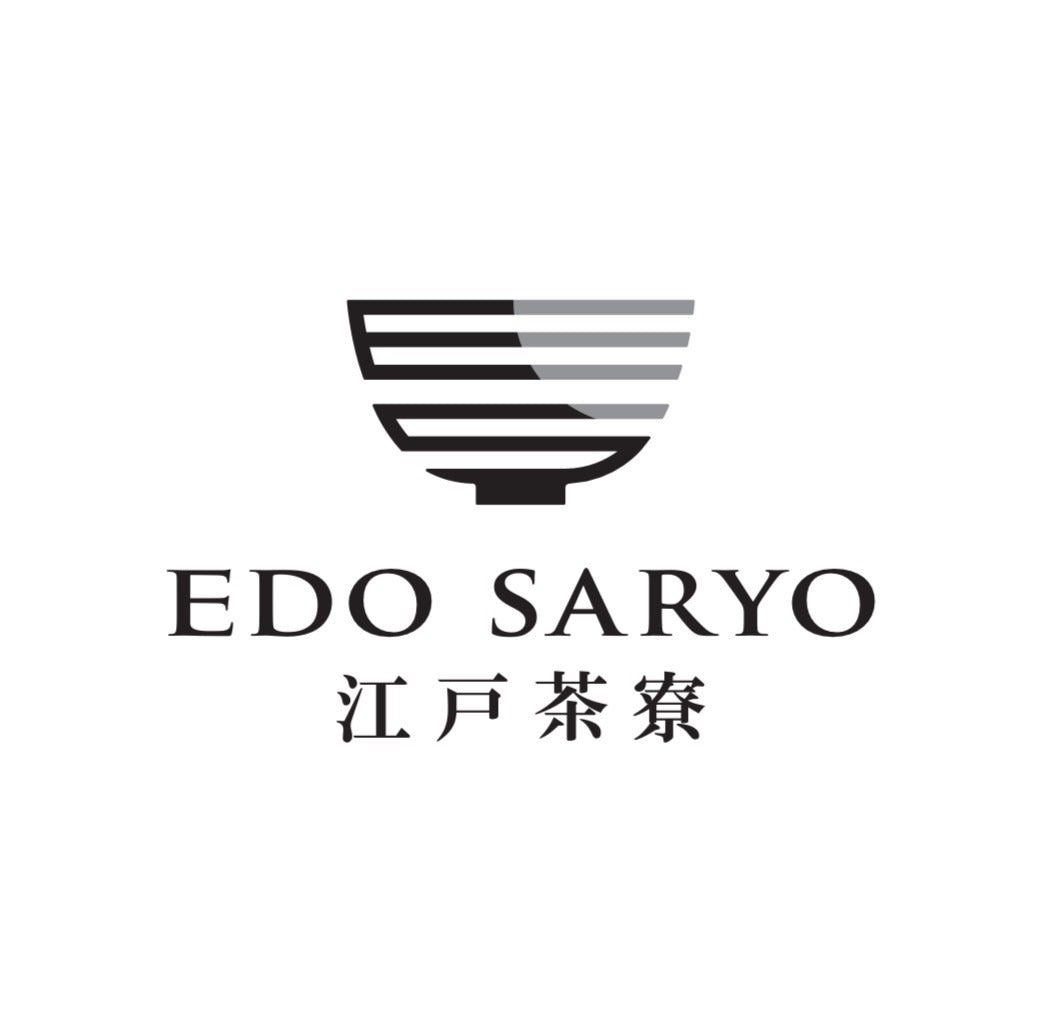Edo Saryo|The History of Tea Utensils and the Beauty of Hand-Painting
What Is the History of Japanese Tea Utensils?
The history of tea utensils in Japan dates back to the Muromachi period, when tea culture was introduced from China. During the Azuchi-Momoyama era, Sen no Rikyū established the aesthetics of wabi-sabi, which emphasized simplicity and spirituality. In the Edo period, tea culture spread to the common people, and the production of ceramics and porcelain flourished. Tea bowls, tea caddies, and other tools became symbols of everyday Japanese life and culture, many of which are still cherished today.
⸻
The Tradition of Hand-Painting Ceramics
Hand-painting on ceramics has its roots in Chinese porcelain, later evolving uniquely in Japan with Arita ware, Kutani ware, and Kyō ware. During the Edo period, vivid red and gold designs became fashionable, transforming utensils into works of art. Hand-painting is more than decoration—it adds meaning and artistry to everyday life, allowing each piece to carry a story.
⸻
Experiencing Impressionist Masters on Tea Utensils
At Edo Saryo, you can experience a unique workshop: painting famous works of art, including Impressionist masterpieces, onto traditional tea utensils. Imagine Monet’s “Water Lilies,” Van Gogh’s “Sunflowers,” or Renoir’s graceful portraits—recreated with your own hands on a tea bowl. Each creation becomes a one-of-a-kind piece of art, blending world-famous painting with Japanese tradition.
⸻
The Charm of Taking Your Artwork Home the Same Day
Many pottery workshops require weeks of firing, with pieces mailed to participants later. At Edo Saryo, however, you can take your hand-painted tea utensil home on the same day. This is especially attractive for international travelers and families, as the experience becomes an instant memory that can be carried home and cherished immediately.
⸻
Why Wheel-Throwing Pottery Is Difficult for Beginners
When people think of pottery, they often imagine using a wheel. However, wheel-throwing is extremely challenging for beginners. Even centering the clay requires skill, and shaping a symmetrical bowl is nearly impossible without years of practice. For many first-time participants, the final result often looks far from what they had imagined.
⸻
Why Painting at Edo Saryo Is Easy and Fail-Proof
Edo Saryo solves this challenge by offering painting on ready-made tea utensils instead of wheel-throwing. This ensures:
• Anyone can join—from children to adults
• Beginners can create beautiful, satisfying results
• Participants have the freedom to choose colors and designs
• Professional staff guide you step by step
This is why every guest leaves with a successful, original tea utensil, without the frustration that often comes with traditional pottery workshops.
⸻
• Japanese tea utensil history
• Hand-painting experience Tokyo
• Impressionist art ceramic workshop Japan
• Beginner-friendly pottery Japan
• Take-home ceramic experience Tokyo
⸻
📩 Book Your Edo Saryo Experience
Edo Saryo offers a workshop where Japanese tradition meets global art history. It’s perfect for sightseeing in Tokyo, a memorable family activity, or a romantic couple’s date.
👉 [Book Your Experience Here]
Same-day reservations are available—feel free to join us and take home your own piece of Japanese culture.

